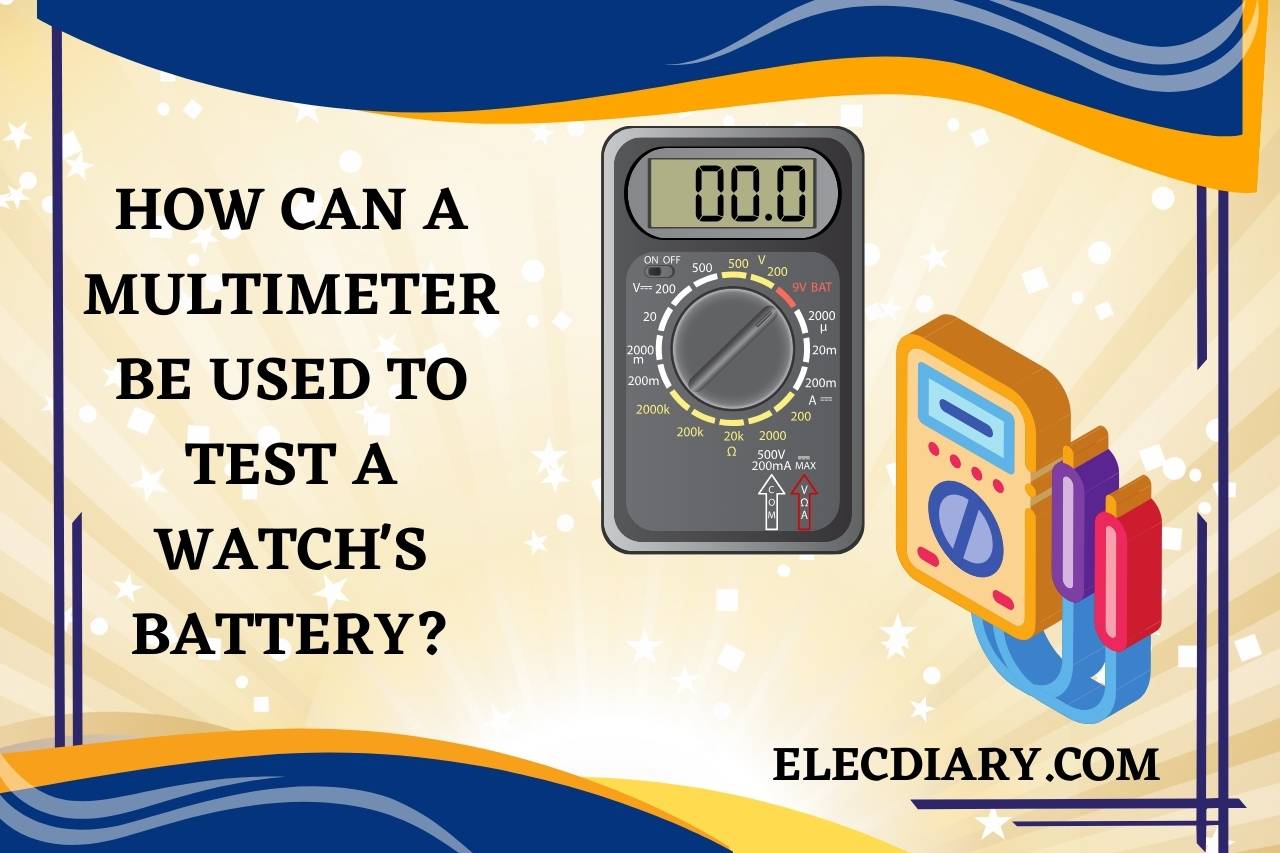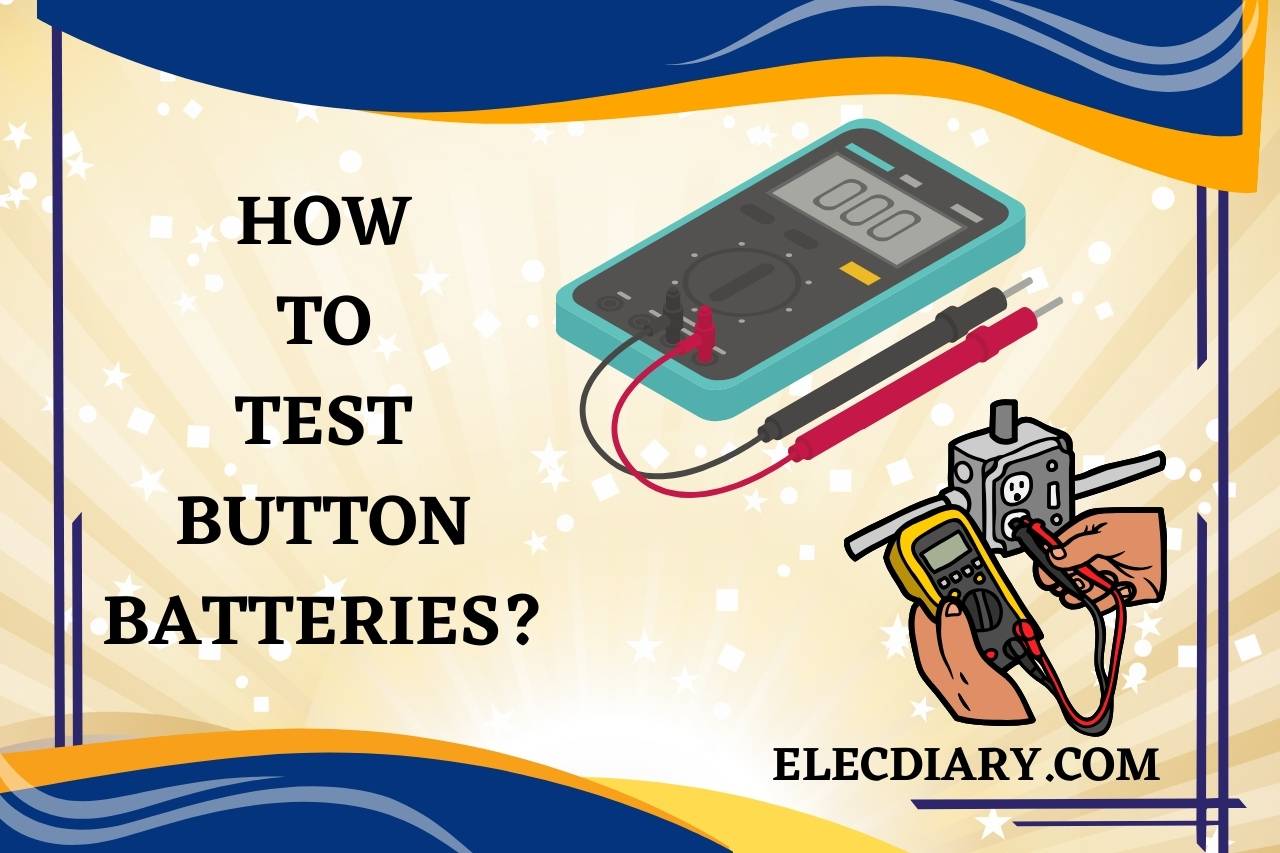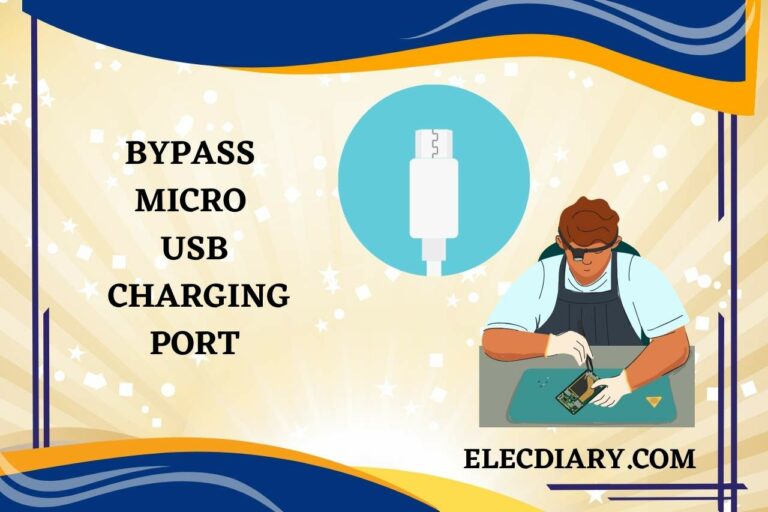How to Test Button Batteries? (Everything You Need to Know)
Small cells, known as button batteries, are frequently used for charging portable electronic gadgets. Since they are spherical and resemble knobs or coins, these are given their name. This relatively fresh cell type is unknown to many individuals. It could be as easy as a dead or failing button battery if a technological device has ceased operating. You may test button batteries to see how they are doing using a specific procedure. How to test button batteries?
As a result, we will show you how to use a multimeter to evaluate a single battery now.
How Should Batteries Be Tested?
Batteries made from alkaline substances are being used for the drop testing.
Put the pack of batteries 2-3 in (5.1-7.6 cm) vertically over a solid, level surface. The oxide of zinc accumulates within alkaline batteries as they age, making them bouncy. You can distinguish between fresh and used batteries with this easy drop test.
Placing the battery over a hard, smooth surface, such as a metal tabletop or marble countertop, is the first step. Vertically position the battery with the flat end facing downward.
When handling AA, AAA, C, as well as D-type batteries, make sure the bright side is facing up. Hold a 9-volt battery with the flat end facing down and the two nodes facing up.
If you happen to drop it and it bounces, remove the power source. Watch how the power source reacts to contact with the ground. A newly charged battery will fall flat without rebounding. It could be tossed to the side yet won’t get back up.
An outdated battery will stand up and fall over multiple times. Determine whether this battery is new or used by observing its behavior.
Lithium as Well as Alkaline Battery Voltmeter Use
Find your battery’s negative as well as positive connections. Employ a voltmeter to determine a battery’s capacity precisely.
On the battery that you are measuring, begin by locating the negative as well as positive connections. The battery has these markings.
Both alkaline as well as lithium-ion rechargeable batteries can be used using this technique. The terminal that is negative is typically the side that is flat for AA, AAA, C, and D power sources, whereas the positive side of a battery has a protrusion.
The lesser, spherical terminal of a 9-volt battery is positive, whereas the bigger, hexagonal terminal is positive.
To identify the positive as well as the negative ends of a battery made of lithium because they come in a variety of designs, search for indications on the pack of batteries.
Decide on the DC setting for the voltmeter. Connect the positive as well as negative power lines to their corresponding terminals. The red lead with a voltmeter’s probe is the electrically charged one.
Place the negative line on the connection of the battery that is negative and the other side of the lead on the positive battery socket.
The power source won’t be harmed if the leads are switched around. However, the reading is going to be negative instead of optimistic.
To measure the voltage, hold the power source leads in place. In a few seconds, the gauge will give a reading. To determine if the power source is new or not, make use of this reading as a guide.
How to Test Button Batteries?
It is possible to check the battery voltage by removing the power supply from the gadget and inspecting it. The power source will be tagged with the voltage. Typical button batteries have a voltage of 1.35 to 3.
Configure the Multimeter Up Such that the DCV Scale is Used to Show Voltage
Look for the side of the power source that has “+” written on it to identify the positive side. Everything on the opposite side of the meter should get a touch from the probe that is positive (red).
The adverse side of the batteries, which is obviously different from the one that is positive, should be touched with the multimeter’s negative probing (black).
Notice the voltage that is shown on the multimeter. Rebuild the power source if the voltage reading is 10% (or more) below the battery’s listed value.
A 1.5-volt power source, for instance, needs to display a voltage equal to a minimum of 1.35 volts, while a 3-volt charge needs to display a value of a minimum of 2.7 volts.

How Can a Multimeter Be Used to Test a Watch’s Battery?
First Testing
Get a Multimeter Hooked Up
Make sure that the multimeter is first configured to read DC voltage. You must accomplish this by setting the dial according to the VDC sign.
Lead Placement
Next, join the multimeter’s red wire to the battery’s side that is positive. The black lead should then be attached to the battery’s opposite side.
Understanding a Watch Battery’s Beneficial and Negative Aspects. There needs to be a simple face on the majority of watch batteries. That is the drawback. A + symbol is seen on the opposite side. That is a positive.
Readings Comprehension
Examine the reading once more. A lithium battery is what we’re using for the purposes of this demonstration. So, if the battery is completely charged, the readout should be roughly 3V. You may need to change the battery if the voltage gauge is under 2.8V.
Examining Under Load
- Get the multimeter hooked up.
- Start by selecting the DC voltage parameters on the meter.
- Attach the tester to the setting in the impedance box.
- Connect the adjustable resistor box and the multimeter together now using the red and black connections.
Decide On the Resistance
The value in the impedance box should then be set to 4.7K. As previously indicated, the kind and size of a wristwatch battery may affect its resistance rating.
Lead Placement
The wire in red from the resistance box should then be connected to the positive terminal of the watch cell. The negative terminal of the battery should be connected via the black lead of the resistor boxes.
Readings Comprehension
Checking the readings becomes finally necessary. The power source is in good condition if its voltage gauge is close to 3V. The battery is bad if its voltage gauge is less than 2.8V.
Remember: You may easily do the same procedure on an Alkaline or Silver Oxide cell. But keep in mind that, in contrast to the instance above, the beginning voltages for Silver Oxide as well as alkaline battery packs are different.

How Can You Make Your Watch Battery Last Longer?
A watch cell has an approximate two-year lifespan on average. However, with the right upkeep and treatment, you may considerably increase that time.
- Limit your exposure to extremes of heat and cold. The power source in your watch may last less time in temperatures below freezing.
- Whenever not included in use, keep your watch somewhere dry and cold. This will lessen the chance of moisture harming the battery.
- Keep your watch away from substances like water. The battery’s covers may become corroded by water, allowing leaks to develop and leading to an early failure.
- Keep your watch from falling or shaking. The battery and other fragile parts of the watch might be harmed by rough handling.
Have a skilled watchmaker do routine maintenance on your timepiece. By doing this, you can make sure that the timepiece is functioning properly and that the power source is in excellent shape.
These straightforward suggestions can help you prolong the lifespan of the watch’s cell and maintain it in good working order for a long time to come.
How Can I Use Battery-testing Forceps to Check Coin Cell Batteries?
By simply picking out coin cell battery packs, this homemade set of battery-testing forceps can check their polarity along with voltage.
This construct by Sean Michael Ragan from Make can evaluate flat coin cell batteries much more quickly than it can try to compress them through the probes on a voltmeter.
Simply squeeze the batteries using the tips of your tweezers to turn on a light that will indicate the bright side of the cell’s membrane as well as how much power is remaining in each battery.
You shouldn’t need more than a few hours to complete the full project, and once they are finished, they’ll be a terrific addition to your arsenal of tools.
Watch this one,
Video Credits – Darssan & Havish
You May Also Like








